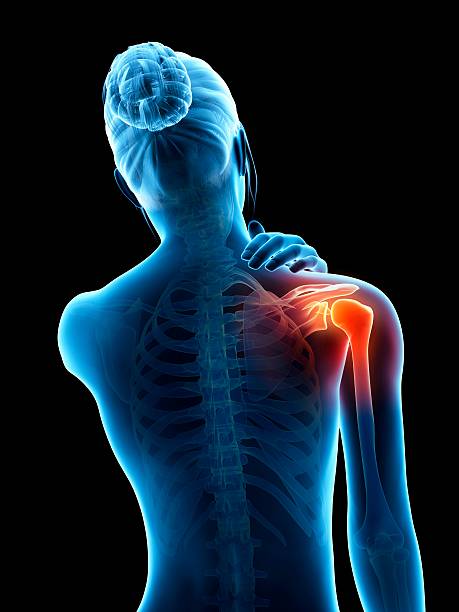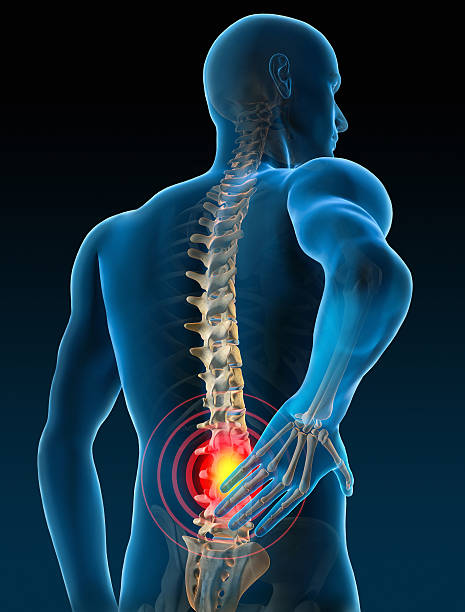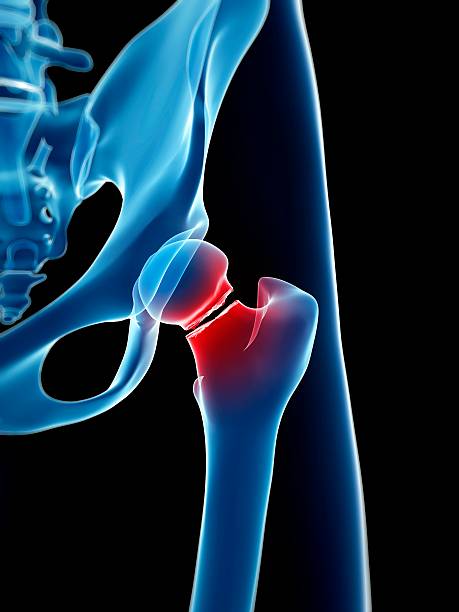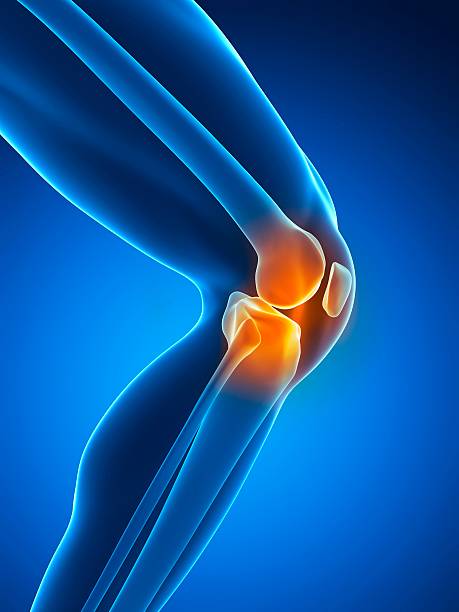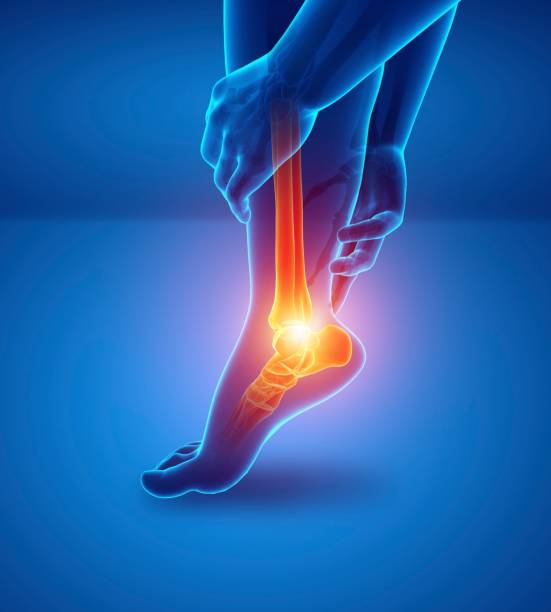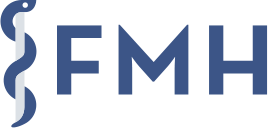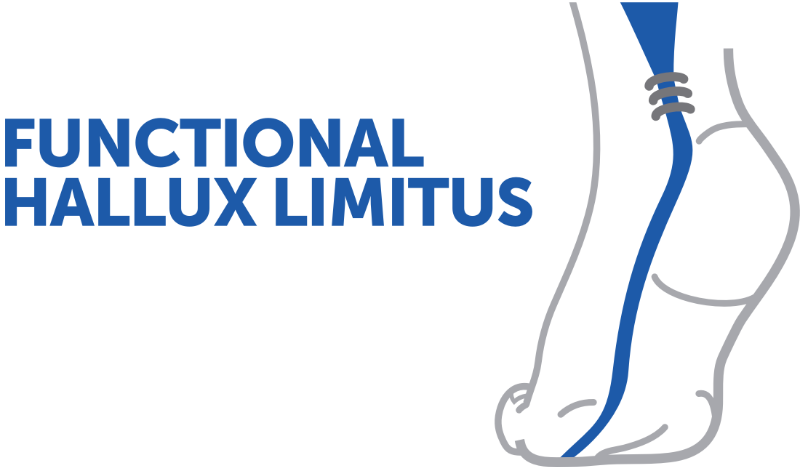Knee Injury: How to Bounce Back After a Torn Cruciate Ligament
Fanny Smith shares her journey after a serious knee injury. Along with the Medicol medical team, she discusses the stages of surgery and rehabilitation. A message of hope for all athletes facing a torn ACL.
Doctors
Topics
Treatments
Advice
- Dr. Amadou Cissé; Dr. Stéphane Borloz
- Fanny Smith's injury
- Ligaments explained
- Causes of breakup
- Surgery
- Rehabilitation
- Ligament surgery
- Rehabilitation
- Physiotherapy
- intervene quickly
- adapt rehabilitation
- multidisciplinary supervision
- mental motivation
Information
Video type:
Anatomy:
Surgery:
Thematic:
Anterior cruciate ligament rupture: essential landmarks
An anterior cruciate ligament (ACL) tear is one of the most feared injuries among athletes. It often occurs during a pivot, a poorly landed jump, or contact. Diagnosis combines clinical examination and imaging to determine the ligament damage and associated injuries. From this stage, the important thing is to articulate a clear treatment pathway that takes into account the patient's goals and athletic schedule.
The prognosis depends as much on the quality of care as on the commitment to rehabilitation. A realistic, educational strategy prepares the ground for a safe return to sport.
Surgery: reliable and personalized techniques
ACL reconstruction is a common procedure, performed with various tendon grafts. The choice of technique takes into account the sport practiced, morphology, associated injuries, and the surgeon's preferences. The goal is to restore anteroposterior and rotational stability, a condition for performance and the prevention of recurrence.
Transparent information on the procedure, benefits and limitations of surgery facilitates preparation and adherence to the protocol.
They must overcome this doubt in order to resume sport.
Rehabilitation: a team around the patient
After surgery, rehabilitation follows a progressive, individualized, and multidisciplinary protocol. Physiotherapy first targets extension recovery, edema control, and quadriceps activation, then strengthens the muscle chain and proprioception. Each phase is marked by objectives: walking without limping, running, technical movements, training, and then competition.
This comprehensive support – doctor, physiotherapist, physical trainer – supports confidence and autonomy, from the rehabilitation room to the field.
Return to sport: criteria rather than timetable
Resumption is based on objective criteria: controlled pain, full range of motion, strength symmetry, satisfactory jump and change of direction tests. Mental work also counts: managing apprehension and relearning automatic reflexes reduces the risk of recurrence.
This logic applies to everyone, elite athletes as well as recreational practitioners, with objectives adapted to the context.
I was able to put the skis back on after 8 months very easily.
And for non-athletes?
The principles remain the same: control pain, restore function, and secure daily activities. Depending on the individual's profile and expectations, non-surgical treatment may be sufficient if stability and confidence are restored. The key is to adapt the treatment plan to the individual and their environment.
Common thread
Properly designed reconstruction and rigorously conducted rehabilitation allow patients to return to demanding activities. The goal is set by clear functional criteria, shared with the patient and their support team.
Pathologies treated at the center
Hallux Limitus
Functional
Your pain has a cause.The balance sheet allows us to understand it.
- Gait analysis
- Posture Assessment
- Guidance on the right treatment
- Study of plantar supports and supports
- Detection of compensations
- Pain–movement correlation
The functional assessment allows us to understand how a joint or postural imbalance can trigger or perpetuate pain. Very often, imaging is normal, but movement is disturbed. By analyzing gait, weight-bearing patterns, or posture, we identify the weak links in the chain and guide targeted treatment adapted to the patient's actual mechanics.


